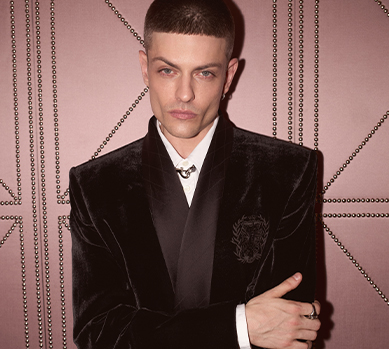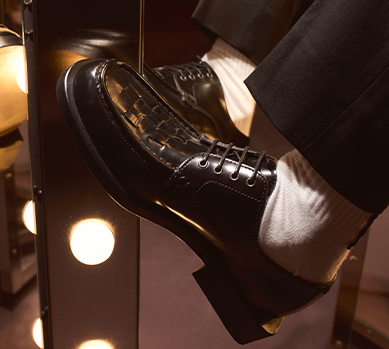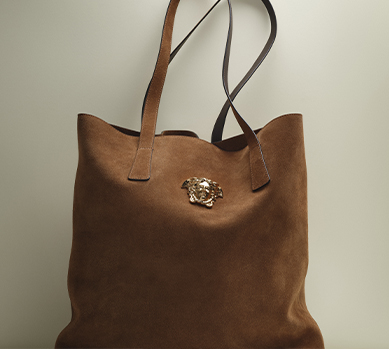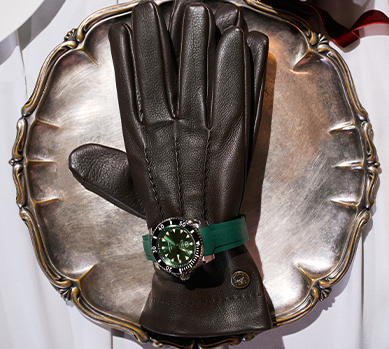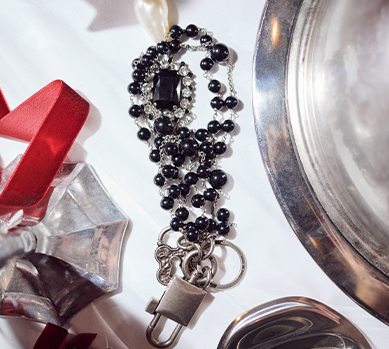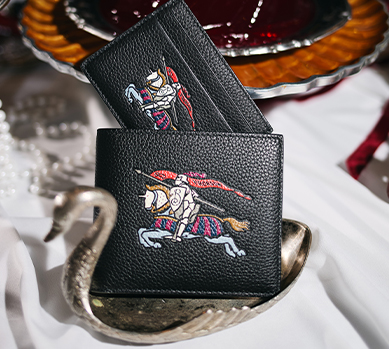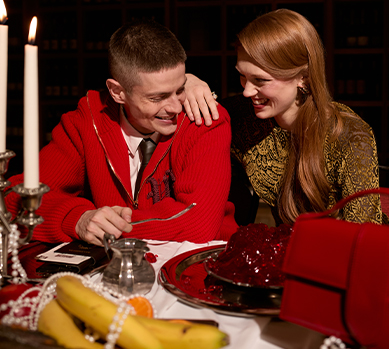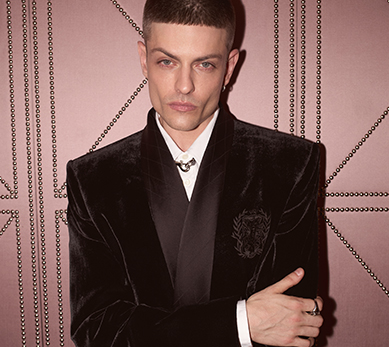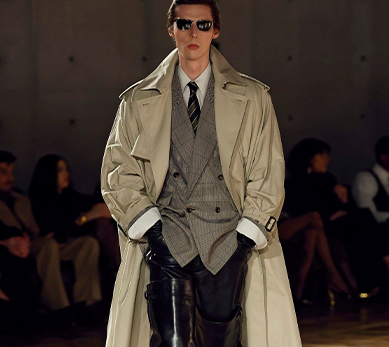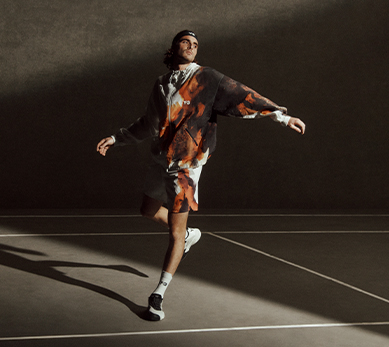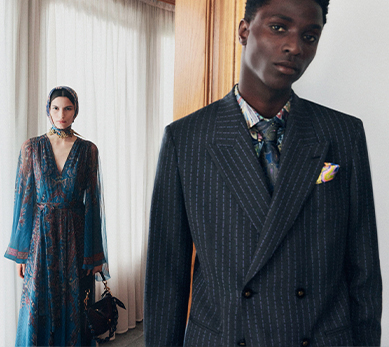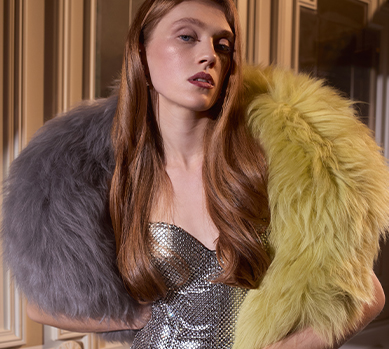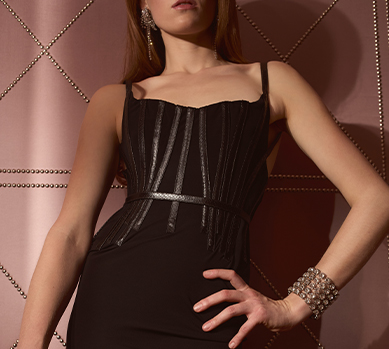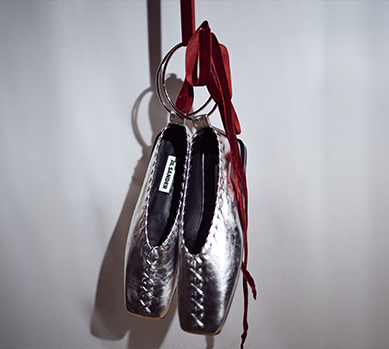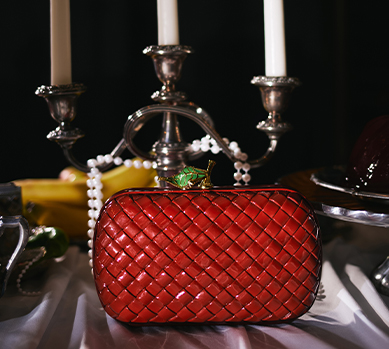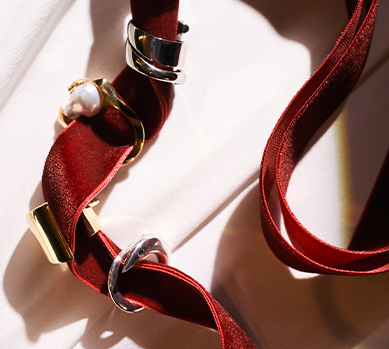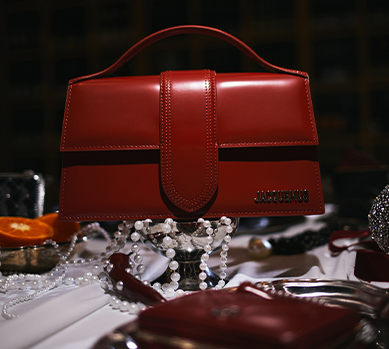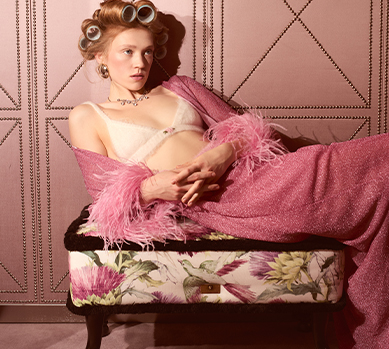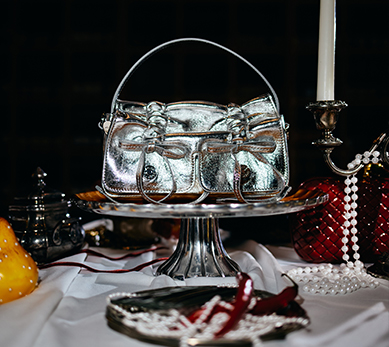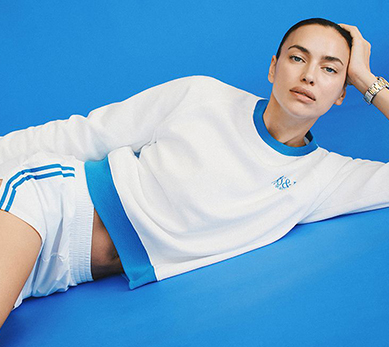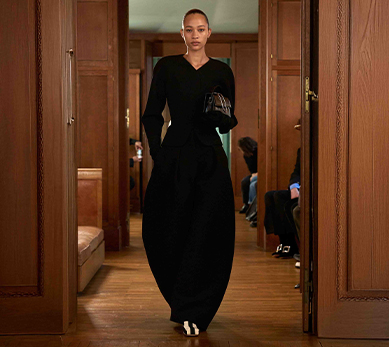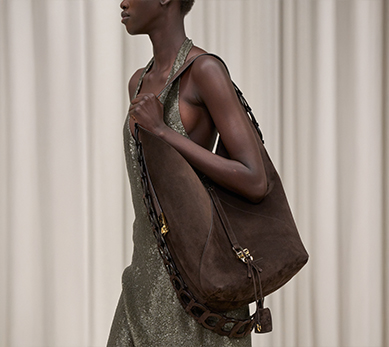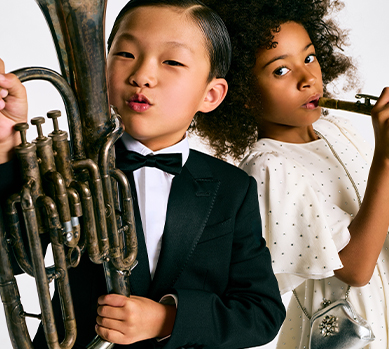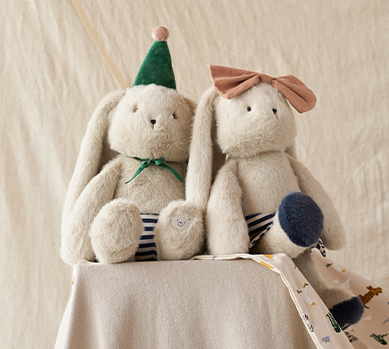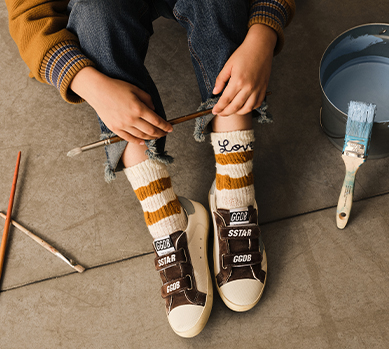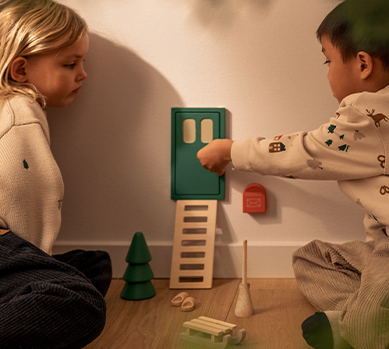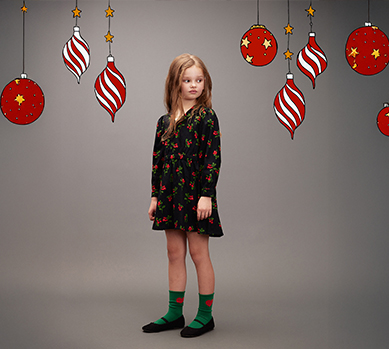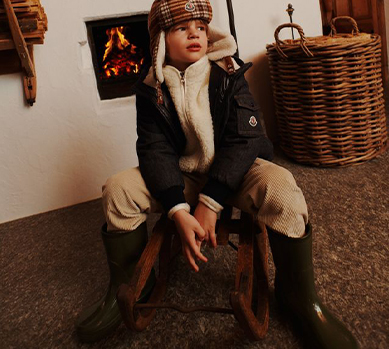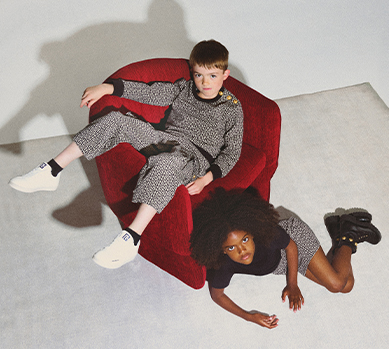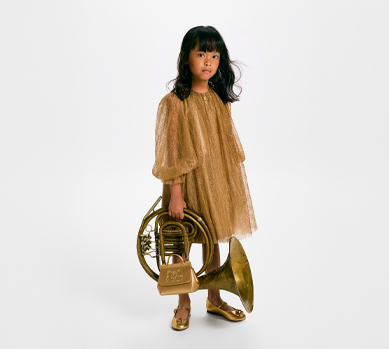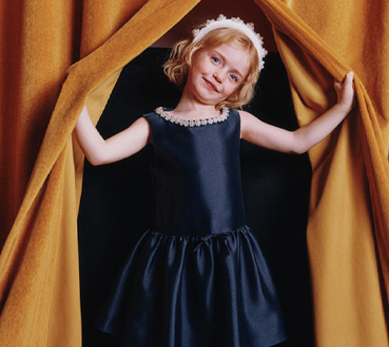How to Dress for the Theater: The Rules of Elegant Attire
Fashion

How to dress for the theater? Learn elegant outfit tips, clothing choices, and accessories to celebrate your night at the theater with style and class.
Going to the theater is always more than just a regular outing; it's a moment suspended from everyday life, one that calls for a special touch. The very process of getting ready, carefully selecting an outfit, perhaps including an elegant women's coat for a cooler evening, becomes an integral part of this unique ritual. We allow ourselves to consciously celebrate art, including through our appearance, which can boost confidence and enhance the entire evening's experience. Elegance at the theater isn't outdated; rather, it's an expression of our engagement with culture.
The Event's Formality and Your Outfit Choice
The first step in putting together the perfect ensemble is, of course, determining the nature of the venue and the event. A formal premiere at the national opera house or philharmonic will naturally lean towards more formal solutions. We're talking about evening wear, where ladies might consider long evening dresses, and gentlemen might opt for tuxedos, although the latter are still often reserved for the most official galas in many places. We'd approach a visit to a small, avant-garde theater, which allows for more freedom in interpreting elegance, quite differently.
Most often, however, we aim for the golden mean: an outfit in the spirit of smart casual or what we call elegant semi-formal attire. For ladies, this means a wide range of possibilities: from a classic cocktail dress, to a skirt paired with a sophisticated blouse, to a modern, well-tailored jumpsuit, or even a women's suit. Gentlemen, on the other hand, will do well with a suit – not necessarily black; navy, charcoal, or a subtle plaid are perfectly acceptable. For less formal occasions, a coordinated set – a blazer paired with elegant trousers, like chinos, and a fitted shirt – will also work. Comfort is important, but it shouldn't be an excuse to forgo chic. In the context of theatrical elegance, it's often better to choose an outfit that's slightly more formal than to risk being too casual. It's a subtle nod to the artists and the venue itself.
Timeless Classics in a Theatrical Context
Classic fashion solutions have the invaluable advantage of being timeless and rarely failing. Such elements are the foundation of many successful theatrical outfits. Think of the little black dress – its versatility, with the right accessories, makes it an ideal choice for many occasions. Similarly, a men's suit with an impeccable cut is an investment that serves for years.
When opting for classics, it's worth paying special attention to the quality of the materials used. Noble fabrics such as silk, well-draping wool, cashmere, or velvet inherently bring an element of luxury and sophistication. Classics also mean a thoughtful color palette. Black, deep navy, various shades of gray, as well as more saturated colors like burgundy or bottle green, provide an excellent base. These colors not only exude elegance but also pair beautifully with jewelry or other color accents, allowing them to stand out.
Avant-Garde in Theatrical Styling: The Boundaries of Good Taste
For those of us who appreciate a bit of extravagance in fashion and like to emphasize our individuality, the theater, especially one with a more alternative profile, opens up certain possibilities. A bold statement piece – a unique dress cut, original jewelry, or avant-garde footwear – can be an interesting choice. However, maintaining good taste and a sense of appropriateness is key. Let's remember that the main star of the evening is the performance, and our attire should be its elegant complement, not an attempt to outshine the stage.
The line between a daring outfit and a fashion faux pas can sometimes be, well, quite fluid. It's always worth asking yourself if your chosen outfit won't excessively distract other audience members. Extravagance is permissible, but it should go hand in hand with class and the right context.
Choosing Appropriate Footwear for the Theater
Shoes, often treated as a detail, actually have a huge impact on the perception of the entire silhouette. They can complete an outfit, giving it the final touch, or – unfortunately – ruin the whole effect. For the theater, we choose elegant, clean, and impeccably maintained footwear.
For ladies, classic pumps, elegant heels with a stable block heel, stylish ankle boots (especially in colder months), or even sophisticated, well-cut ballet flats are excellent choices if maximum comfort without sacrificing chic is a priority. Gentlemen should focus on leather dress shoes; Oxfords or Derbys are always a safe and stylish bet. Athletic shoes, even high-end ones from famous designers, should definitely be left for other occasions. This is a matter not only of aesthetics but also of respecting certain unwritten codes.
Practicality vs. Elegance in Footwear
An evening at the theater isn't just time spent in the audience, but also moving around, waiting in the foyer. Therefore, alongside elegance, it's worth considering the comfort of your chosen footwear. Fortunately, contemporary design increasingly proves that these two qualities can go hand in hand.
The Role of Accessories in Crafting a Theatrical Image
It's often the details that determine the final character of an outfit. Carefully chosen accessories can transform even the simplest ensemble into something special, adding individuality and class.
- Jewelry: Should be subtle and elegant. A delicate necklace, classic earrings, perhaps a single, but striking, bracelet. When choosing the perfect accessories, it's worth browsing the selection of jewelry for women to find something unique. It's best to avoid excess and overly flashy ornaments. Sometimes, one carefully chosen piece means more than several random ones.
- Handbag: For ladies, a small clutch or an elegant bag on a delicate strap or chain is ideal. Large, everyday bags are best left at home.
- Scarf or Shawl: Can add color, texture, and chic, while also proving practical in air-conditioned theater interiors.
- Watch: An elegant women's watch can also be a stylish and practical accessory.
- For Gentlemen: A tie or bow tie (depending on the formality of the attire and personal preference), a pocket square in the blazer pocket, an elegant watch.
The key is for accessories to harmonize with the rest of the outfit, creating a cohesive and thoughtful whole.
Meticulous Grooming as an Element of Elegance
Even the most sophisticated outfit won't reach its full potential if we neglect aspects related to grooming. A neat, polished hairstyle, well-kept hands and nails, and for ladies – makeup appropriate for the evening and occasion – are elements just as important as the attire itself.
Evening makeup can be a bit more pronounced than everyday makeup, but its main goal should be to enhance natural beauty, not dominate it. Classic solutions, such as carefully defined lips or eyes, usually work best. Gentlemen should remember a fresh haircut and, if they have facial hair, to keep it neatly trimmed. These seemingly small details contribute to the overall image of a person who cares about elegance.
Jeans and Theatrical Savoir-Faire: A Contentious Issue
The question of women's jeans at the theater regularly comes up and sparks some debate. Generally, it should be assumed that jeans are not an appropriate choice for a theatrical evening. They are a typically casual wardrobe item, and the theater, as a cultural institution with a certain prestige, requires more formal attire.
One could, of course, argue that there are different styles of jeans and different types of theaters. Theoretically, dark, plain jeans without distressing, paired with a very elegant top – for example, a silk blouse (top), a well-tailored blazer (jacket), and heels – might be considered acceptable in a very modern, informal venue. Nevertheless, this is treading a fine line of good taste and carries the risk of feeling uncomfortable among a more elegantly dressed audience. It's always safer and more appropriate to choose pants made of elegant fabric, a skirt, or a dress. This is an expression of respect not only for the venue and the artists but also for oneself and the comfort of one's own participation in the event.
Going to the theater is an opportunity to celebrate not only art but also the very act of dressing up. Let your outfit be a conscious choice that highlights the uniqueness of the moment and allows you to fully enjoy a magical evening.


